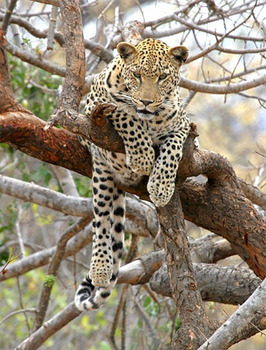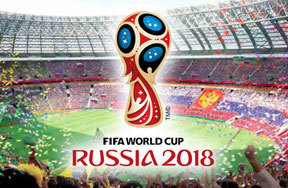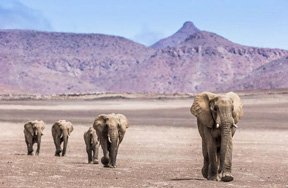Seeing as the 2010 FIFA World Cup happened in South Africa, we thought it’d be cool to learn a bit more about the beautiful country, which has definitely been through its fair share of tough times.
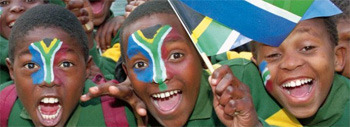 South African Kids
South African Kids
Of all the countries on the continent of Africa, South Africa’s the most diverse in terms of its territory. It ranges from rolling hills to wide open savannah to the Kalahari Desert to the high peaks of the Drakensberg Mountains. Lots of people visit South Africa to go on safari, though, since it’s got two of the world’s most famous wildlife reserves: the Kruger and the Kalahari Gemsbok National Parks.
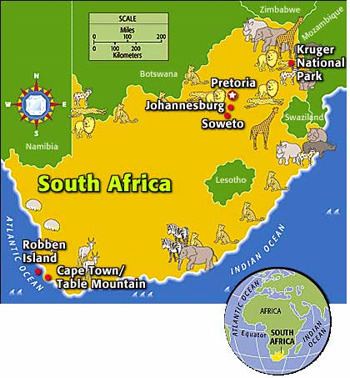 Map of South Africa
Map of South Africa
Early History
South Africa is a beautiful country. Cape Town, the oldest port in southern Africa, is considered one of the most gorgeous cities in the world. Unfortunately, the country has an ugly history of racial inequality. If we go waaay back in African history to the 1400s and earlier, South Africa was the territory of ancient African tribes like the Zulu and Xhosa tribes. But when Europeans like the Dutch came to settle in the country in the mid-1600s, things started to change.
A couple hundred years later, when gold was discovered in South Africa by the British, wars broke out between different European settlers who wanted to gain control of the country for themselves. Eventually, the Brits came out on top. Then, in 1910, South Africa regained its independence from Britain. But the problems, it seems, had only just begun.
Apartheid
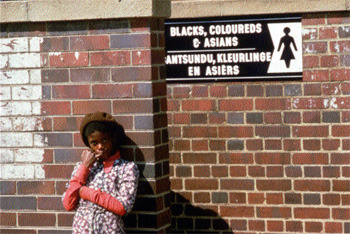 Apartheid in South Africa
Apartheid in South Africa
In 1948, Apartheid was introduced to South Africa: a set of laws that legally and physically separated different racial groups from each other. Basically, Apartheid meant that racial discrimination between whites and blacks was officially a part of the country’s laws. White people and black people couldn’t get married. There were certain jobs that only white people could be hired to do. Black people were forced to carry “pass books” with their fingerprints, photo and information if they wanted to enter into areas that were considered “non-black.”
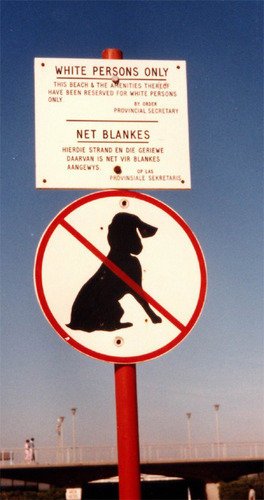 Apartheid in South Africa
Apartheid in South Africa
Nelson Mandela
In 1918, a boy named Rolihlala Mandela was born in South Africa. He became known as Nelson when one of his teachers gave him that name. Nelson lived during the time of Apartheid, and as he grew up, he became more and more involved in groups and movement that wanted to bring change to the country of South Africa. This made him a very dangerous man in the eyes of the politicians who were working to ensure racial segregation laws remained in place.
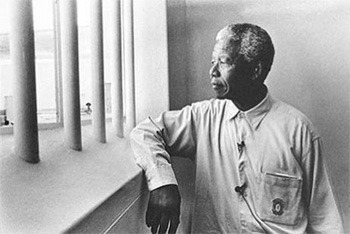 Nelson Mandela
Nelson Mandela
Eventually, Nelson Mandela was arrested and given a life sentence in jail when he was accused of trying to overthrow the government by violence. For nearly 30 years he was held in prison, where he became an international symbol of resistance to Apartheid. Finally, in 1990, Nelson was released due to pressure on the government. He was awarded the Nobel Peace Prize and, when South Africa held its first multi-racial election in 1994, he became the country’s first black president.
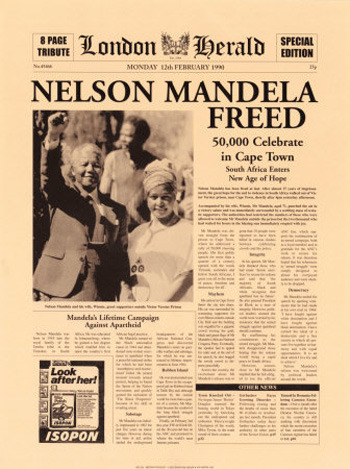 Nelson Mandela Freed
Nelson Mandela Freed
Nelson Mandela continues to support a variety of causes, particularly the fight against HIV-Aids. In 2004, he announced he would be retiring from public life and his public appearances have become less and less frequent. In 2007, a permanent statue to Nelson was unveiled in Parliament Square, London.
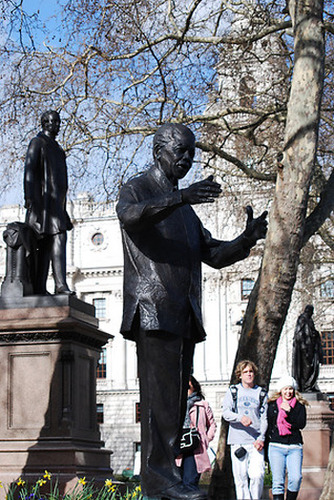 Nelson Mandela Statue
Nelson Mandela Statue
Safari
South Africa is home to hundreds and thousands of species of wildlife, big and small. There are too many to mention at once, so we thought we’d give you an overview of the country’s “Big Five!”
- Buffalo: They’re extremely dangerous and aggressive animals, but buffalo really like each other! They graze in herds of thousands and fights rarely break out among them!
- Elephant: Who doesn’t love an elephant?! They’re very smart and very social; they live in herds that are led by a matriarch (the oldest female in the group); and they live for between 5- and 60 years!
- Leopard: It’s very rare to spot a leopard! They’re highly elusive and usually keep to themselves. Hunting at night and staying in secluded spots during the day, including high up in the branches of trees!
- Lion: Kings of the jungle! Lions are the most powerful African predators – they’re very strong, very tough and very fast. They’re also the most social type of cat, living in prides of up to 20 lions. Prides are led by the dominant male, but it’s the females that do all the hunting.
- Rhinoceros: There are two types of rhino: black rhinos and white rhinos. Both are very aggressive and very territorial. When a rhino charges, it snorts air through its nose and kicks and stamps the ground with its feet. They may not be able to see very well, but rhinos can smell and hear an intruder coming from miles away!
Quick Facts
- South Africa is almost twice as big as Texas and three times the size of California.
- The country has 11 official languages. Nine are native African, one is English and the last is Afrikaans, a language developed by the region's early Dutch settlers.
- There is one TV set for every eight people in South Africa. In the U.S. there are four TV sets for every five people.
- Almost 40 percent of the gold mined on Earth has come from South Africa. Scientists estimate that gold deposits there are 3 billion years old.
- South Africa has one of the world's great wildlife sanctuaries. It's called Kruger National Park and roaming free through the park are more than 500 different types of birds and 147 different mammals, including lions, leopards, elephants, water buffaloes and rhinos.
- Because it's below the equator, South Africa's summers begin in September and last until April. Daytime temperatures during the summer range from the 60's to the 90's. The nicest weather is usually in April and May.
- South Africa has an official national holiday called Youth Day. It's celebrated on June 16.
- African culture emphasizes the philosophy of “ubuntu”. This means that all people should be treated with respect and dignity, because a person becomes a person through other people.
- He's most famous as the nonviolent leader of India's fight for independence, but Mahatma Gandhi first made his reputation as protest leader for the rights of Indians living in South Africa.
- From 1948 until 1994 the South African government enforced an official policy of apartheid. This not only made it a law for the races to stay separate, but it also allowed the white minority, although outnumbered 4 to 1 to control the country.
Related Stories:
- 2010 FIFA World Cup
- One-on-One Soccer Moves :: Scissors
- Nike’s Awesome World Cup Ad
- Cristiano Ronaldo Bio






























